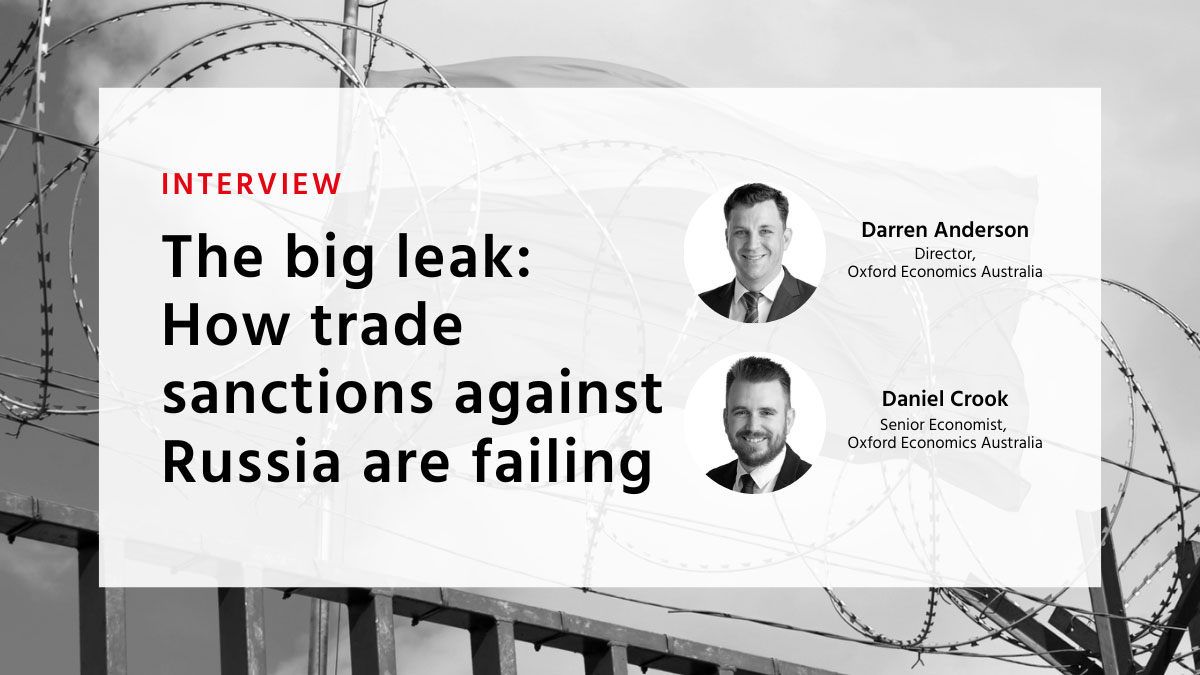Trade and geopolitics
A new war fought with old arms: The limits of economic statecraft
Published 21 May 2024
The US financial warfare toolkit has not stemmed the tide of conflict that places American interests at risk on a global scale. Economic statecraft misaligned with the strategic environment is likely to escalate tensions without addressing the fundamental reasons behind them.
Today’s geopolitical environment is increasingly shaped by conflict. At present, the West largely relies on economic statecraft – sanctions, export restrictions, and retaliatory tariffs – to respond to global instability. This inclination towards economic and financial tools is driven by a variety of factors, including the greater availability of such tools, the desire to use direct kinetic confrontation only as a last resort, as well as needing to engage largely only upon lower-level forms of military conflict in the last two decades.
However, these tools are best suited for tactical competitions and non-peer competitors, such as non-sate and pariah state entities. Today, the West is deploying political, diplomatic, and financial resources to wage economic warfare against its major rivals, Russia and China, to no avail. Moscow has continued its revanchist global offensive, fuelled by an economy that continues, at least, to function if not to thrive. Under a barrage of US technological restrictions and sanctions, Chinese companies have continued to develop breakthrough, Beijing has increased its leverage over global supply chains and markets, and US commercial champions have continued to build out their ties to China.
The highly-integrated global economy is constraining the economic statecraft playbook available to the West. They also exacerbate the inherent tension in economic warfare between national interests and economic ones. This is not to say the ineffectiveness of Western economic warfare was solely driven by external factor, write Emily de la Bruyère and Nathan Picarsic of the Washington-based strategic consultancy Horizon Advisory. US attempts to impose economic costs on China and Russia over recent years have failed to pair offense with defense, as was done during the Cold War, and, more generally, to advance a clear strategic vision. Those failures have fuelled a reactive, ad hoc approach to sanctions, export restrictions, and tariffs that risks intensifying conflict without achieving objectives. Across the board, it risks sowing global geopolitical cleavages and injecting greater uncertainty into the global environment, the authors argue.
© The Hinrich Foundation. See our website Terms and conditions for our copyright and reprint policy. All statements of fact and the views, conclusions and recommendations expressed in this publication are the sole responsibility of the author(s).








